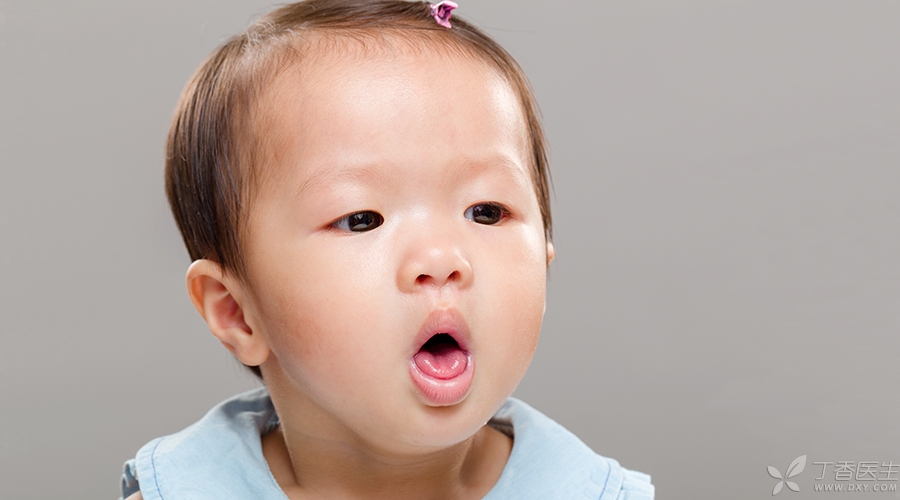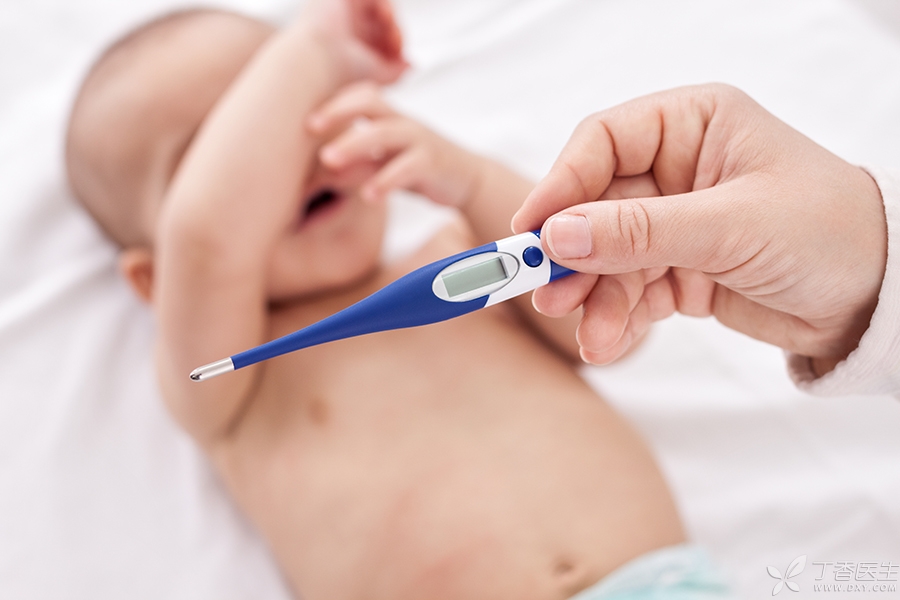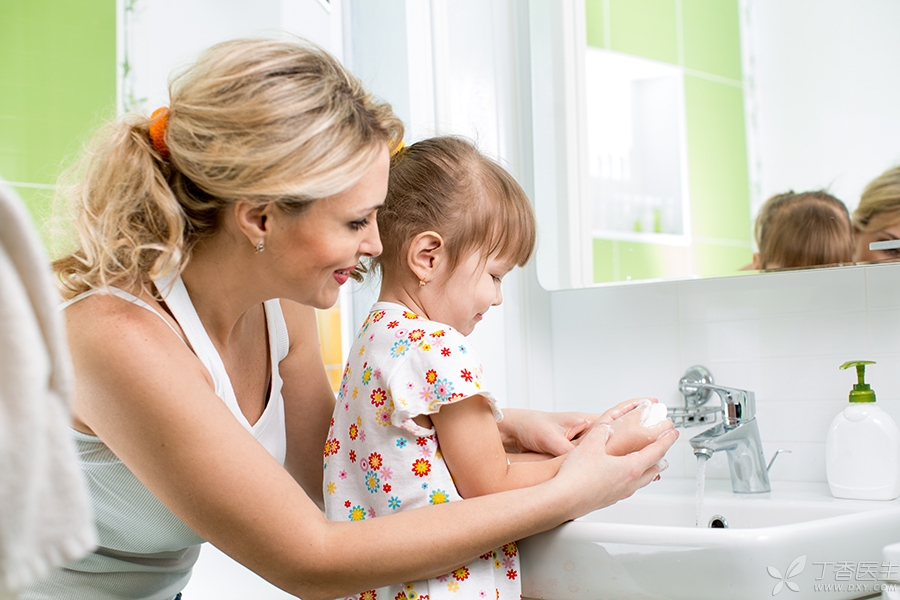
Summer and summer passed quietly, and the weather gradually turned cooler…
It’s time for babies to have diarrhea, cough and asthma again.
Today we will mainly talk about the baby’s cough.
We have stressed in previous popular science that cough is a symptom rather than a disease. If the baby coughs, do not give the baby cough relief without authorization (and over-the-counter cough medicine is not recommended for the baby under 6 years old), but should understand the cause of the baby cough.
In cold seasons, if the baby coughs and wheezes, then parents may be alert to whether the baby has bronchiolitis.
Is what bronchiolitis?
Bronchiolitis is a common lower respiratory tract infection in infants, mostly caused by respiratory syncytial virus (RSV) infection.
For most adults or some older children, only slight colds usually occur after infection, but for babies under 2 years old, it may affect small bronchiolitis and cause bronchiolitis, which is more common in colder winter and spring seasons.
According to the child’s medical history and physical examination, doctors can diagnose and evaluate bronchiolitis more directly, and blood and chest radiographs are not required in most cases.
At first, the symptoms of bronchiolitis were similar to those of a cold, Nasal obstruction, runny nose, cough, fever, etc. will occur, but after 1-2 days, cough will worsen, respiratory frequency will accelerate, and even dyspnea will occur. The disease peak will be reached on the 5th-7th day, when the symptoms are the most serious, and then gradually enter the improvement period. Cough can subside after about 8-15 days, but some babies may need 3-4 weeks to completely subside.
How to do home care?
Generally speaking, it is not recommended to use drugs to treat bronchiolitis (medication or non-medication generally does not affect the degree and course of the child’s illness).
If it is considered that it is caused by influenza virus or the disease is more serious, the doctor may prescribe some drugs to treat or relieve the symptoms of the baby. At this time, the baby needs to be given drugs according to the doctor’s advice, instead of taking drugs for the baby by himself.
In the early stage of the disease, when the baby’s symptoms are relatively mild, parents can relieve the baby’s symptoms and discomfort through the following measures.
- Use normal saline (or physiological seawater) nasal drops or nasal sprays, or use nasal aspirators to clean the nasal cavity to relieve the symptoms of nasal obstruction in children; The air humidifier can be properly used to keep the indoor humidity at 40-60%; Ensure that children take in enough liquid to avoid dehydration; Ensure sufficient energy supply, feed normally or eat less and eat more to avoid choking milk, and encourage continued breastfeeding during the baby’s illness. When the baby’s nasal obstruction and cough are obvious, holding upright and patting his back can also make him feel more comfortable.
When is what going to see a doctor?
Bronchiolitis, most of the symptoms are relatively mild and can heal itself, but there are also some baby symptoms that are relatively severe. If parents find that the baby has obvious wheezing, shortness of breath, or the following symptoms besides cough during the baby’s illness, they should take the baby to see a doctor in time:
- The baby has difficulty breathing and has a high-profile whistle-like sound when inhaling or exhaling. When breathing, the skin between and around the baby’s ribs and sternum is sunken. The baby’s breathing is very difficult, even affecting sucking and swallowing, resulting in difficulties in eating and drinking water. The baby’s lips and nails are blue. The baby suffers from dehydration, such as dry lips, no tears when crying, and significantly reduced urination. Babies with fever lasting for more than 3 days or less than 3 months have fever.
If parents are not at ease with the baby’s condition, or if the baby has other seemingly serious conditions, they should also take the baby to see a doctor in time.

Several Points Needing Attention
1. The more the baby coughs, the worse it becomes. Is it delaying his illness?
Not necessarily.
According to the course of bronchiolitis, cough usually worsens gradually on the 3rd to 4th days and reaches the peak of the disease on the 5th to 7th days. This is the natural process of the disease. Most children will have such a rule. First, cough gradually worsens, and then gradually begins to improve and relieve after the peak.
2. Can bronchiolitis develop into pneumonia?
The current view is that bronchiolitis is a special type of pneumonia, which may be diagnosed differently by different doctors, but the treatment and treatment methods are the same.
3. The more severe the baby’s fever, the more serious the illness? Does not have a fever mean it is lighter?
The level of body temperature is not necessarily related to the severity of the disease. The severity of the baby’s disease needs to be judged by professional doctors, usually according to the baby’s feeding condition, mental state, breathing condition and some examination results.
4. Will the baby suffer from bronchiolitis repeatedly?
This is possible, because the human body has a short immunity time to respiratory syncytial virus and other viruses and may be infected again, especially children with allergic constitution are prone to repeated infection and cough and asthma.

How to prevent bronchiolitis?
The best way to prevent the baby from suffering is to actively prevent it. Parents must remember the following preventive measures:
Step 1 Ventilate frequently
Attention should be paid to keeping the living environment ventilated and increasing air circulation, which is more conducive to preventing the spread of the virus.
Step 2: Isolate
Avoid crowded places during periods of high incidence of diseases.
If there is a [cold] or other respiratory tract infection among family members, please stay away from the baby as far as possible. When you need close contact with the baby, pay attention to wearing masks and wash your hands frequently (especially after cleaning nasal mucus and before contacting the baby) to reduce cross infection.
STEP 3 Adhere to breastfeeding
The risk of hospitalization for respiratory tract infection in breast-fed infants is significantly lower than that in formula-fed infants.
Step 4 Wash your hands frequently
Correct hand washing can effectively reduce intestinal and respiratory tract infection.
5. Avoid first-hand smoke, second-hand smoke and third-hand smoke
Studies have found that children exposed to tobacco are more likely to suffer from respiratory tract infection, and their illness is more serious than that of children not exposed to tobacco. For the sake of children’s health and, of course, for their own health, parents had better quit smoking.
6. Vaccination
Inoculation of influenza vaccine 1 ~ 2 months before influenza epidemic can prevent bronchiolitis caused by influenza virus.
